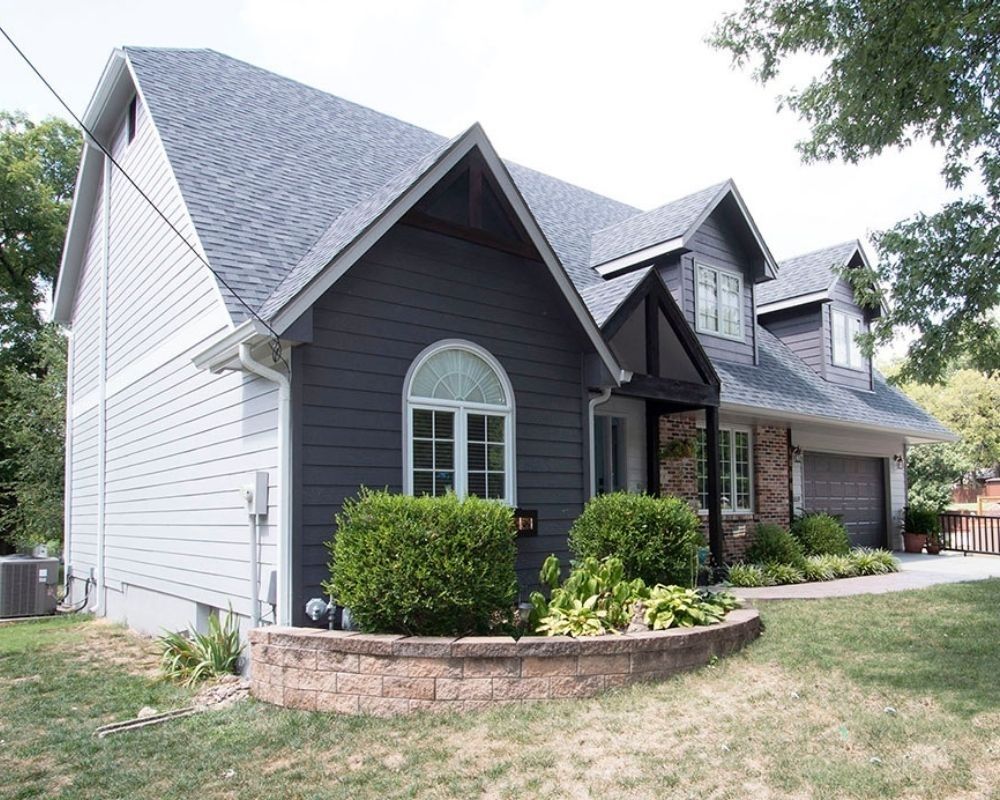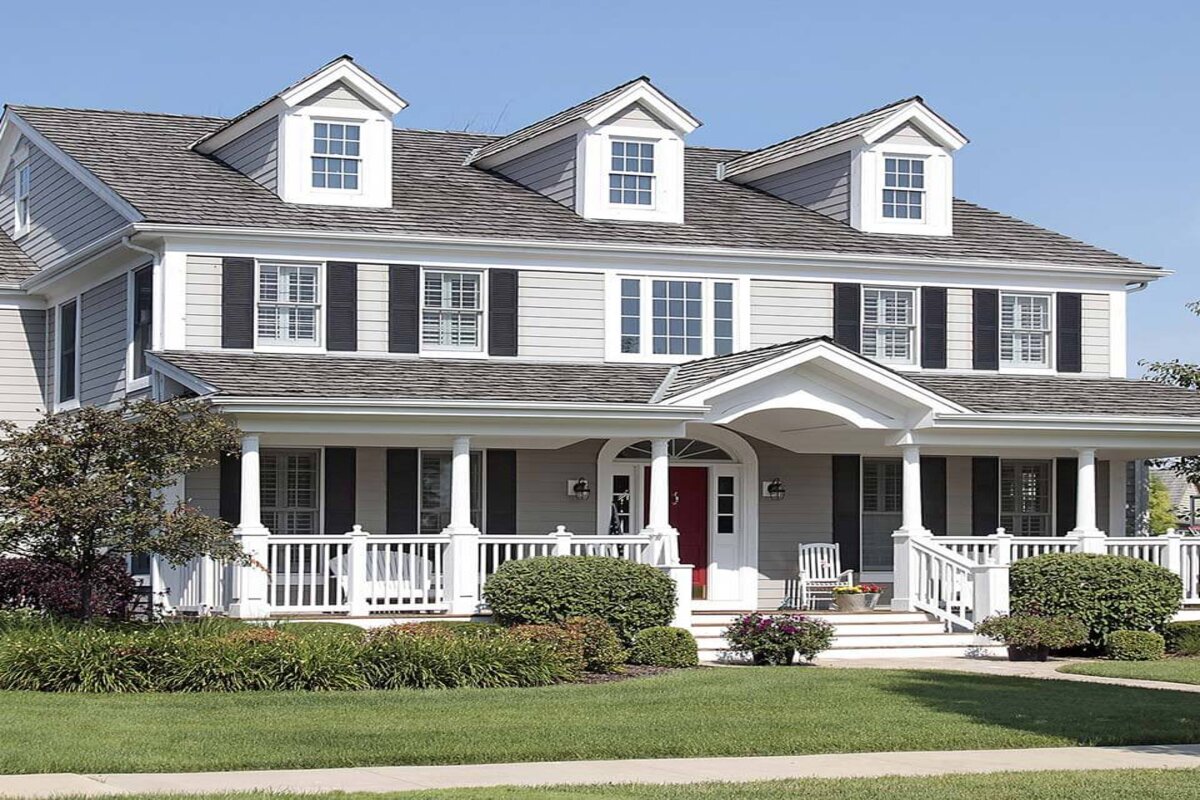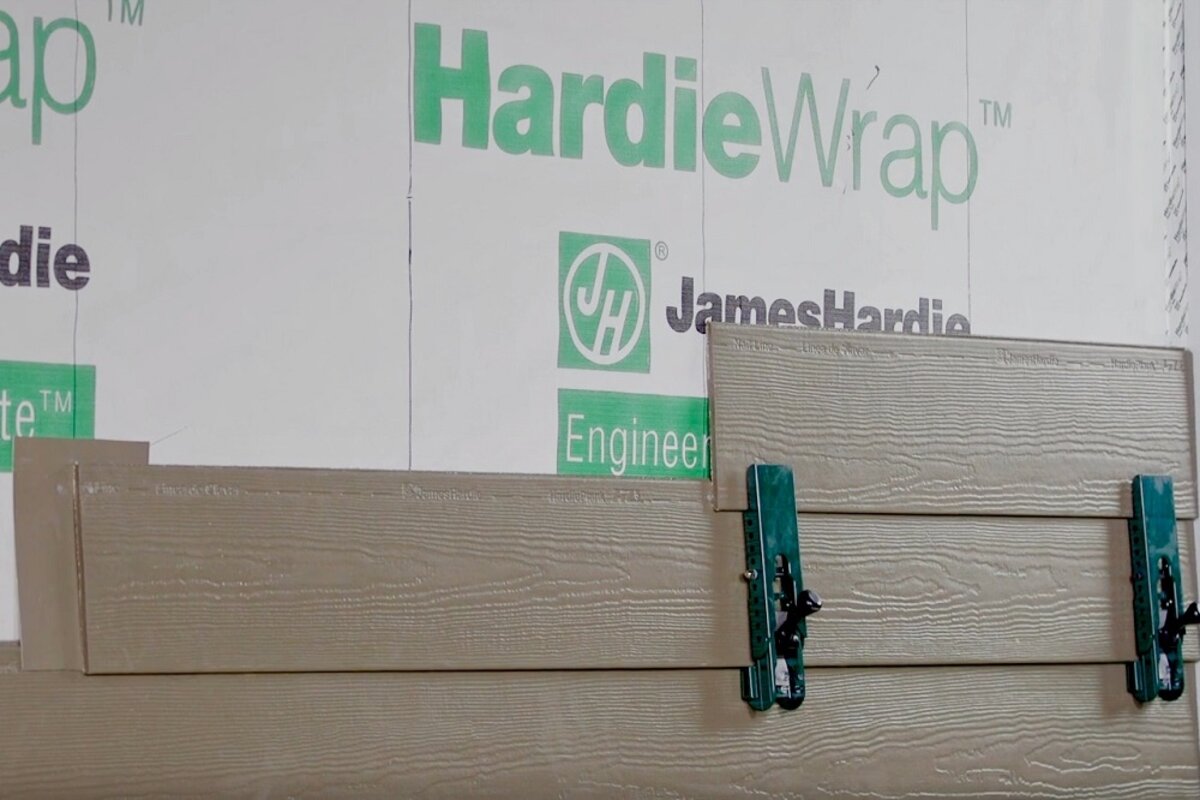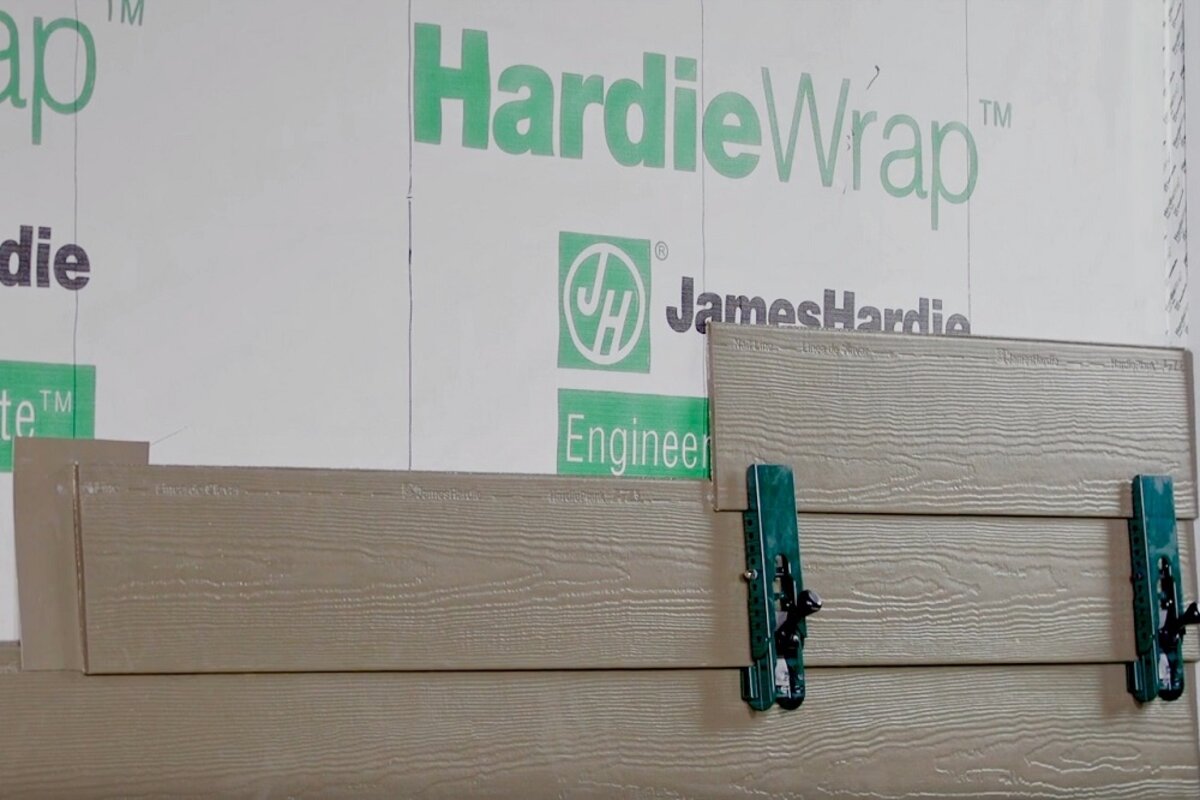As the years go by, even the strongest wood can become worn and aged due to constant exposure to the elements. Fortunately, restoring an old weathered deck to its former glory is possible without the need for a complete rebuild. With the right techniques and care, you can make your deck look like new again. Here’s how to restore an old weathered deck effectively.
Understanding the Condition of Your Deck
Before diving into the restoration process, it’s crucial to assess the current condition of your deck. Is it just the surface that’s worn out, or is there more significant damage to the underlying structure? If your deck is nearly unsafe to stand on, it’s time to consider whether a full replacement might be necessary. However, if the foundation is still solid, you might be able to save it with a few strategic repairs and updates.
Deck Refacing: A Practical Solution
For decks that have seen better days but still have a solid foundation, refacing might be the perfect solution. Deck refacing involves removing the old, damaged boards and replacing them with new ones—often opting for composite materials that require less maintenance and offer greater durability. Here’s how we approach deck refacing:
- Remove the Existing Boards: We start by carefully removing the old boards, ensuring that any nails or screws are also taken out to avoid future issues.
- Inspect and Repair the Frame: Next, we thoroughly inspect the underlying structure, replacing any rotted or damaged joists or frame components. This step ensures that the deck remains sturdy and safe.
- Apply a Water-Resistant Seal: Once the repairs are made, we apply a water-resistant seal to the entire frame. This helps protect the deck from future moisture damage and extends its lifespan.
- Install New Composite Decking: Finally, we install new composite decking boards, which are more durable and require far less maintenance than traditional wood.
This process can completely transform the appearance and longevity of your deck, especially if it’s low to the ground (0 to 30 inches). However, if your deck is elevated 8 to 20 feet off the ground, additional structural considerations may need to be addressed, which we’ll discuss next.
When Refacing Isn’t Enough
Unfortunately, not all decks are suitable for refacing. If your deck is elevated more than a few feet off the ground, the existing structure might not meet current building codes, or it may have hidden issues that could compromise its safety. In these cases, it might be necessary to build a new deck from scratch, rather than trying to restore an old weathered deck that’s beyond repair.
Evaluating the Need for a New Deck
If your elevated deck shows signs of structural weakness—such as large gaps, sagging, or significant rot—replacing the entire structure may be the safest and most cost-effective solution. While this can be a more substantial investment upfront, it can save you from costly repairs down the line.
Maintenance Tips to Keep Your Deck Looking New
Once you’ve restored your deck, keeping it looking its best is key to extending its lifespan. The maintenance needs will depend on whether you choose wood or composite materials for your deck’s surface.
Maintaining a Wood Deck
Wood decks, while beautiful, require regular maintenance to prevent weathering and decay. Here’s what we recommend:
- Power Wash Regularly: Power washing your deck every two to three years will remove dirt, mold, and mildew, keeping the wood looking fresh.
- Stain and Seal: After power washing, apply a stain and sealant to protect the wood from moisture and UV damage. This step should be done every few years, depending on the climate.
- Inspect for Damage: Regularly check for signs of rot or damage, especially after winter. Replace any damaged boards immediately to prevent further issues.
Maintaining a Composite Deck
Composite decks require significantly less maintenance than wood decks. Here’s how to care for them:
- Occasional Cleaning: Composite decks usually only need to be power washed once or twice a year to remove dirt and debris.
- Avoid Staining: Unlike wood, composite decks do not require staining or sealing, saving you time and effort in the long run.
Cost Comparison: Wood vs. Composite Decking
When deciding between restoring an old weathered deck with wood or upgrading to composite, consider the long-term costs. While wood may be cheaper initially, the ongoing maintenance costs add up. Composite decking, on the other hand, might have a higher upfront cost, but it lasts longer—often up to 40 years—and requires less upkeep, making it a more cost-effective solution over time.
In Summary
Restoring an old weathered deck is an excellent way to extend the life of your outdoor space without the need for a full rebuild. Whether you opt for deck refacing with new composite materials or decide that a full replacement is necessary, the key is to choose a solution that fits your needs and budget.
For more information on how we can help you restore an old weathered deck, contact us today.








